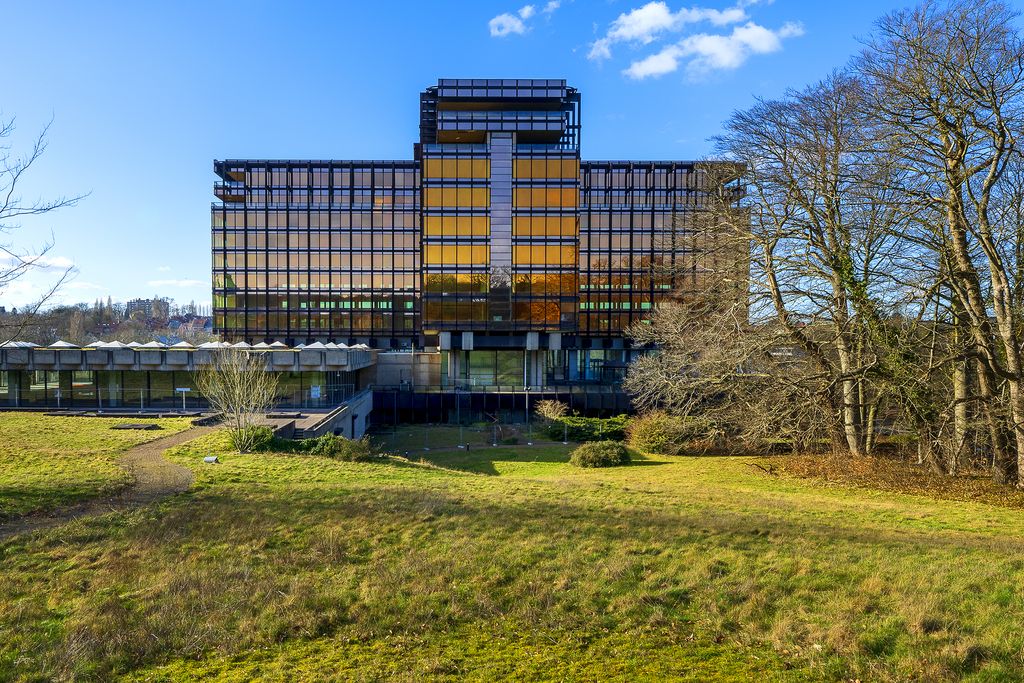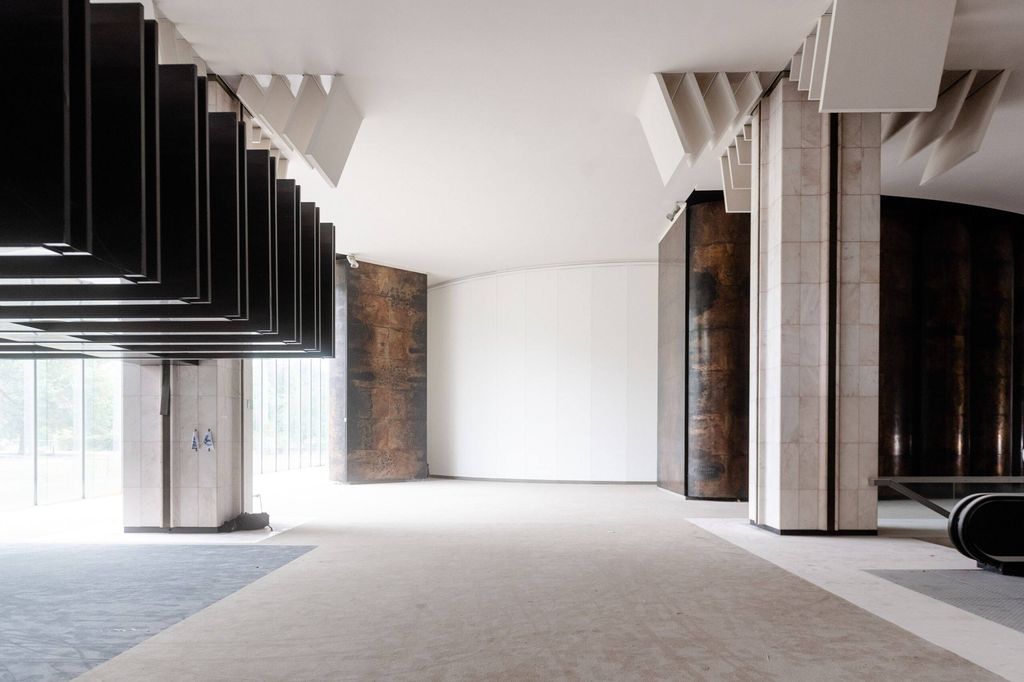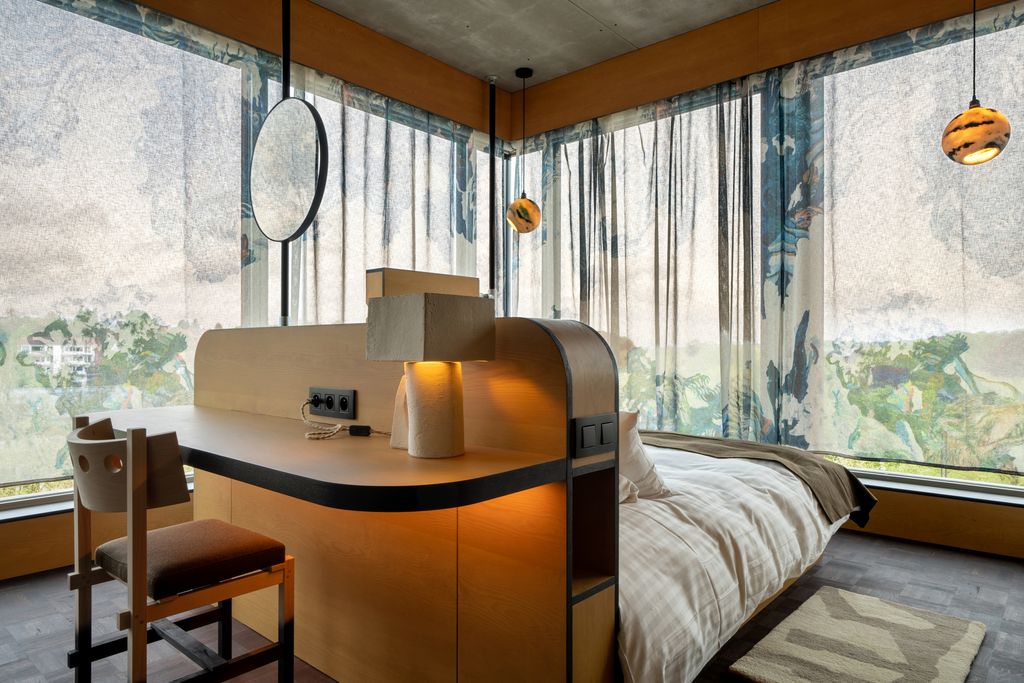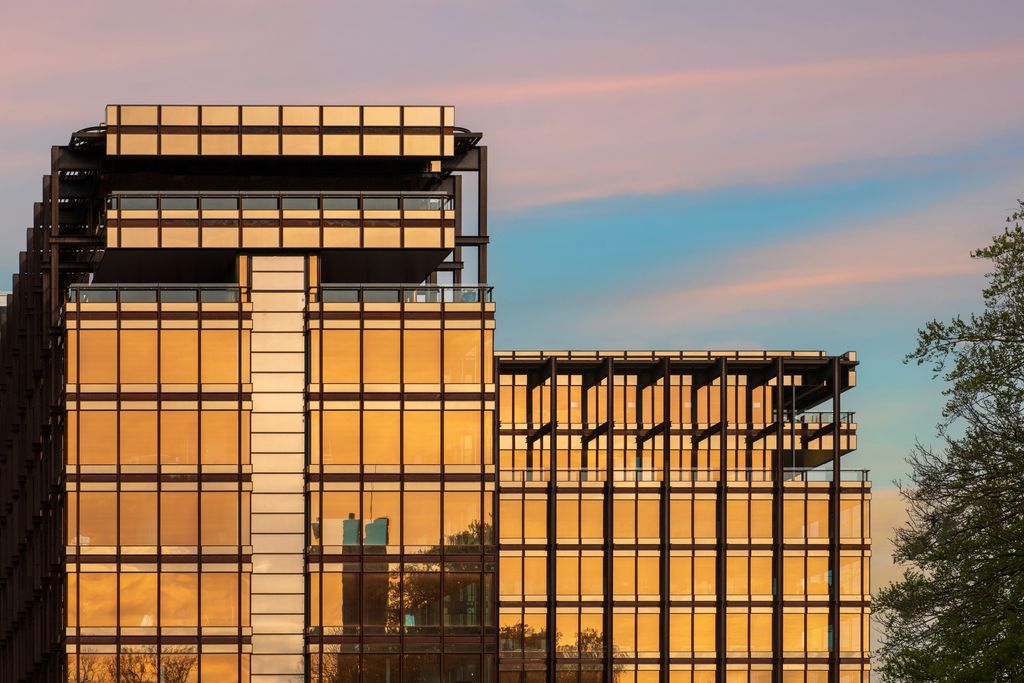
Head of the Mix Hotel, the new jewel in the crown of the Limited Edition Hotels family that he himself founded, Brussels-born Jean-Michel André gave us an interview ahead of the official opening of this hybrid address set in the legendary buildings of the former Royale Belge.

Le Mix is not just a hotel. It’s a place to live in a corner of Brussels that is still under-exploited. Its setting is the former Royale Belge, a Brutalist-style building whose stunning mirrored façade is as fascinating as it is impressive. Inside: a 21. 000 square metres including a hotel, conference and work spaces, a sports and wellness club, two swimming pools, one of which is indoor, restaurants. On the ground floor, the Fox, an independent food court, has been entirely designed – as is the Mix – by the studio Lionel Jadot who, for this colossal project, collaborated with no less than 50 Belgian designers: his accomplices from Zaventem Ateliers, as well as others chosen from among the emerging talents of the young Belgian scene.

This adventure began with love at first sight for the building of the former Royale Belge: a choice quite different from your previous hotel projects (Le Berger or even the Jam in Brussels, but also the Domaine de Ronchinne) but one that perfectly reflects your Belgian roots and your desire to highlight our jewels.
Jean-Michel André:
I discovered this building from the inside for the first time in 2020. From the outset, I was seduced by its strength and by the resources that the Royale Belge had deployed to make this building a real jewel, a symbol of Brutalist architecture. Despite the very different character of its first use, its large plateau, its bays resembling hotel corridors and its view over the water made it ideally suited to the creation of a hybrid space such as this. Built in 1967, it bears witness to the highly visionary spirit of its architect. As for my attachment to Belgium, it’s constantly confirmed by the obvious attraction it holds for foreigners – particularly the French – who see it as an increasingly attractive place to live and go on holiday.

Tell us about your collaboration with Lionel Jadot. It’s not a first.
We had in fact collaborated on part of the Jam and also on certain areas of the Domaine de Ronchinne, but for the Mix, we launched a competition that Lionel won hands down. Given the very imposing nature of the architecture, we wanted to pay tribute to it by incorporating stylistic and chromatic references to that period; a bit as if the new elements had always been there, but without falling into the trap of vintage. We didn’t want anything overdressed. While Lionel was given carte blanche, ultimately we wanted this project to remain as humble as possible.
Humble and rooted in the everyday life of the people of Brussels.
Our desire is indeed to be a hotel open to the city with a gym that will accommodate 4,000 members, restaurants, including one with a large terrace, work and meeting spaces. For example, we have chosen to close the Joule, the club’s cafeteria, at 6pm so that customers naturally head for the restaurant or bar.

This carte blanche for Lionel Jadot immediately took the form of a collaboration with dozens of designers. Beyond the undeniable aesthetic success of the project, it’s also a way of defending and promoting Belgian design?
With the Mix, we are responding to a new demand from young guests; guests who want to work, eat, do sport and relax in the hotel where they are staying. These days, we no longer distinguish between business and leisure hotels. The Mix is what you might call a resort in the heart of the city. Among hotel guests, there are two types of public: those who are interested in Belgian design (we’ve had requests from people who wanted to visit the hotel as if it were a museum!) and others. For my part, I wanted these collaborations to be an opportunity to convey real messages. Lionel Jadot has written a book on the subject, which will be published in September. In the meantime, we have created a magazine that highlights the pieces of design collectibles that adorn the hotel’s spaces.

At Mix, the space is not decorated, but sculpted. Please explain.
Our reference is the auditorium by the sculptor Sabatier. There are nods to his concrete columns in the bar, the sports hall and so on. The sculpted cardboard wall next to the reception desk, a work by Papier Boulettes, is set in the space like a sculpture. As for the imperfections of certain columns, they have been masked by ornamental jewellery from the Luna Lotta studio. Our strength is that we have been able to work without intermediaries. From the woven leather seats by Charles Schambourg to the salt balls by designer Roxane Lahidji , these are unique pieces commissioned directly from the designers.
Your Belgian roots also materialise through your collaboration with other partners, notably for the image of the Mix and its musical dressing.
To give it the right tone of voice, we actually worked with Brussels musician Dan Klein (Mustard & Bongo), who designed several bespoke playlists for the hotel. And it was the Brussels agency Base Design that signed our visual identity: from the logo to the signage.
